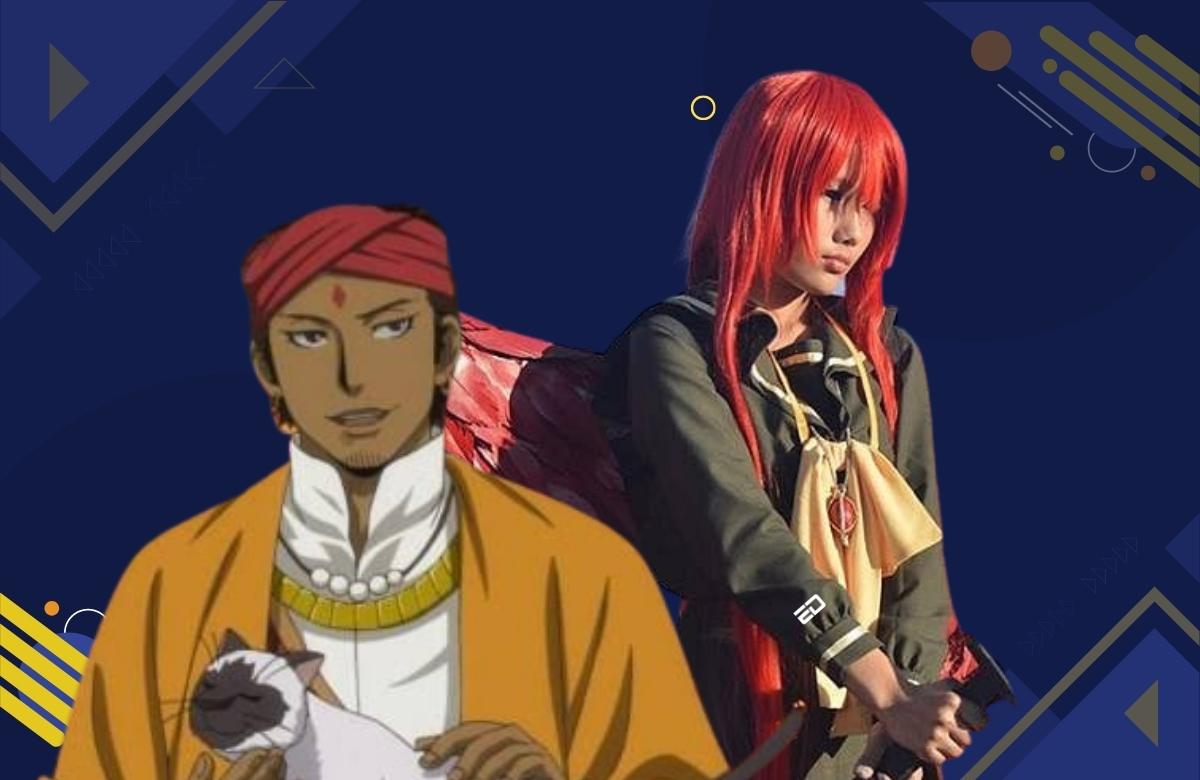The rise of the “otakus” and “weebs” in India started back around the 90s with the intervention of Japanese anime in the sphere of culture and entertainment.
Indian intellectuals such as the Nobel Laureate “Rabindranath Tagore” maintained exclusive contacts with Japanese intellectuals and artists. Inadvertently, Japanese culture began to permeate India over a period of time through video games and anime. This development was fueled by the need to find sublime and multilayered art styles with metaphorical themes which were found in manga and anime.
From the early days of the internet, only a niche community could be found having access to anime and appreciating the contrast and conflict showcased in anime without the stigma of it being “animated” and “for kids”.

There wasn’t a solid marketing model and most viewership came from peer downloads and pirated sites. Eventually several OTT platforms alongside an array of websites and applications such as Animax, Crunchyroll, Kissanime, gogoanime etc played an important role in increasing the fanbase of anime, even more so during the pandemic.
By penetrating the Indian market with animations like Doraemon and Shinchan, the public became more receptive to the inflow of anime that essentially dealt with topics that are mostly for the matured mind with greater emphasis on attention to detail.

More Recommendations: Koreans Movies Are Making The World A Better Place
A few examples of popular anime are –
- Death Note
- Attack on Titans
- Neon Genesis Evangelion
- Konosuba
- Demon Slayer
- Ergo Proxy
- Psycho-Pass
- Assassination Classroom
- Berserk
- Jujutsu Kaisen
- Jojo’s Bizarre Adventure Series
- My Hero Academia
- Black Clover
- One Piece
- The Tatami Galaxy
- Weathering With You
- Monogatari Series
- Bunny Girl Senpai
- Bungo Stray Dogs
- Kaguya-Sama:Love is War
The anime subculture created an outburst of cosplay events and comic cons that eventually became an annual event in different parts of the country. The cosplay fever became even more prominent in the recent decade with people idolizing their favourite characters from the anime and rooting for the developers to come up with another season.

Language doesn’t hinder the enthusiasm of the audience or restrict people from watching anime because of the subtitles that are always present to save the day.
Regardless of the alien language and culture, it resonates deeply with the audience in the country owing to its rounded approach to character development, great animation style and plots that are often cerebral and have many philosophical implications to it.
Orient or not, anime as a subculture continues to thrive regardless of the linguistic and cultural barrier by resonating with the audience on a much higher level.
Image Credits: Google Images
Feature Image designed by Saudamini Seth
Sources: The Diplomat, The Quint, Asiana Times
Find the blogger: @Drishti Shroff
This post is tagged under: Japan, anime, anime subculture, manga, weebs, otakus, cosplay, japanese anime, japanese, japanese culture
Disclaimer: We do not hold any right, copyright over any of the images used, these have been taken from Google. In case of credits or removal, the owner may kindly mail us.





























